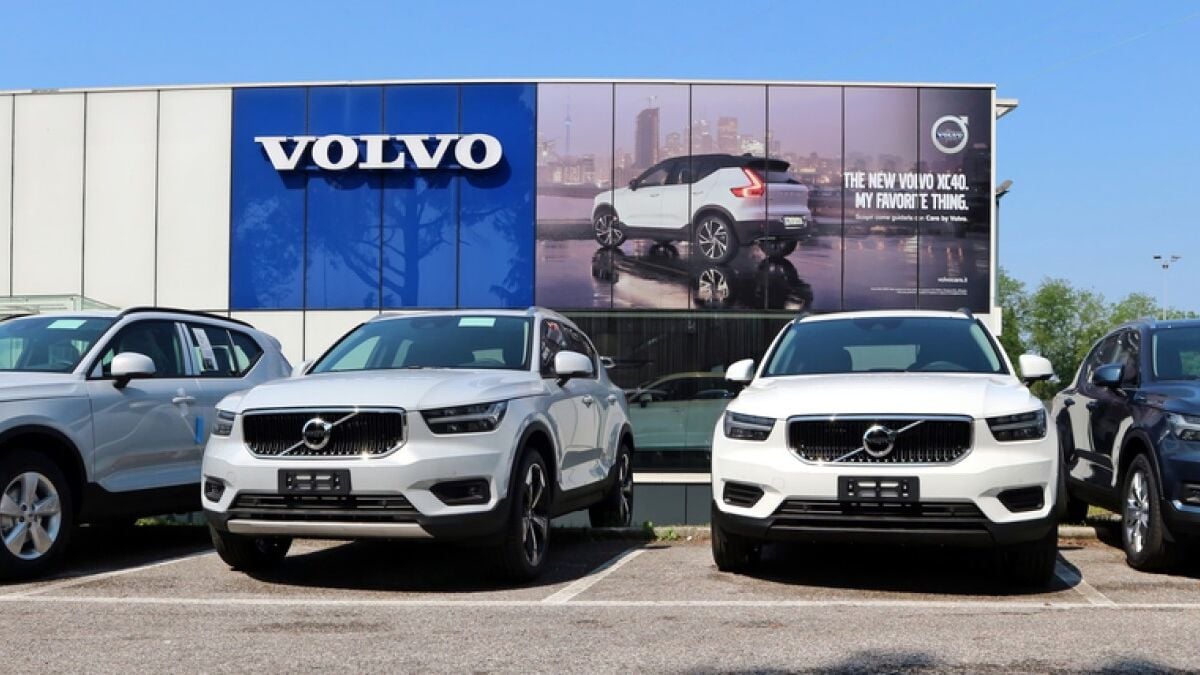Everybody complains about hot weather. Nissan is doing something about it. Nissan says it “has been trialing an innovative automotive paint aimed at helping lower a vehicle’s ambient cabin temperature in summer and reduce the energy usage of the air-conditioning system.”
It’s been a miserable summer across much of America, with successive heat waves baking much of the country. The National Oceanic and Atmospheric Administration reports, “Heat waves impacted the Southwest, Great Lakes, Northeast, and Puerto Rico [in June], breaking temperature records and creating life-threatening conditions.”
Parking a car outside in that kind of heat is more than unpleasant. Authorities have reported a spike in hot car deaths. The interior of a car can heat up fast in the summer sun. Safety advocates from Kids and Car Safety explain, “Even with the windows cracked, the temperature inside a car can reach 125 degrees in minutes.”
Nissan thinks it can help.
Related: How Much Does It Cost To Paint A Car?
22 Degrees Cooler in Direct Sun
Working with supplier Rad-Cool, “a specialist in radiative cooling products,” Nissan has developed a new paint meant to stay cooler in the summer sun.
The paint “incorporates metamaterial, synthetic composite materials with structures that exhibit properties not usually found in nature,” Nissan says.
The company applied it to service vehicles used at Japanese airports. Airport service vehicles sit in the sun all day, rarely parked indoors.
“The results to date have been impressive,” Nissan says. “Parked side-by-side under the sun, a vehicle treated in Nissan’s cool paint has shown yields of up to a 21.6-degree Fahrenheit reduction in exterior surface temperatures and up to 9-degree Fahrenheit cooler interior, compared to a vehicle featuring traditional automotive paint.”
Nissan says the paint isn’t ready for widespread use on cars. So far, it’s applied with a roller, not a spray gun. That time-consuming process wouldn’t be practical in an automotive factory. It’s also thicker than typical automotive paint.
However, the company says it is resistant “to salt and chipping, peeling, scratches, [and] chemical reactions” and usable as repair paint on minor nicks. The company is working on methods to reduce thickness and make it practical in a factory setting.








